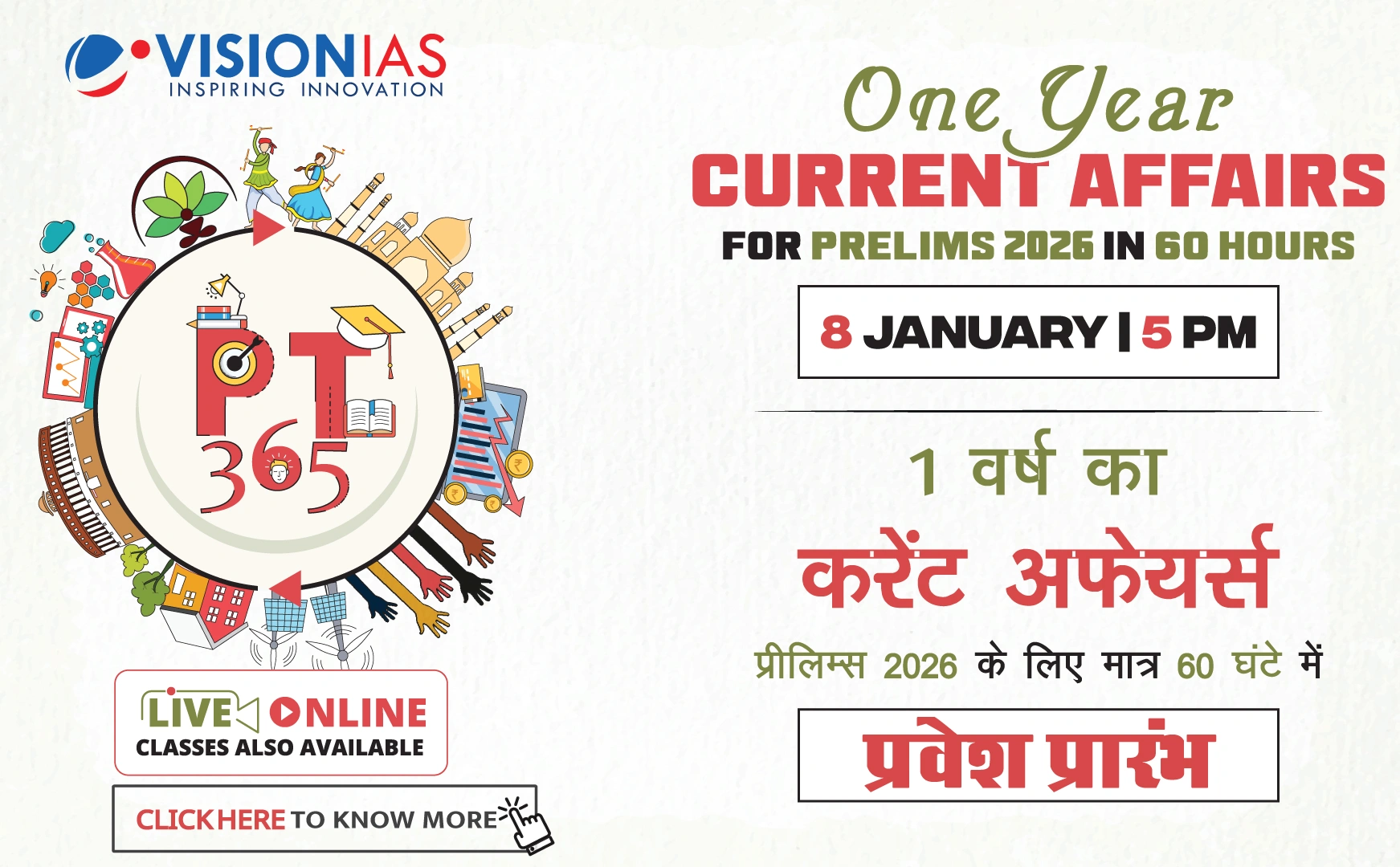India's Path to High-Income Status by 2047
The World Bank has outlined a growth strategy for India to achieve high-income status by 2047, emphasizing the need for an average growth rate of 7.8% over the next two decades.
Current Growth and Future Goals
- India has recently accelerated its growth to an average of 7.2% over the past three financial years.
- To reach the high-income target, the growth needs to be sustained and increased to 7.8%.
Key Policy Recommendations
The World Bank report, titled "Becoming a high-income economy in a generation", recommends several critical policy actions:
- Investment Increase:
- Raise investment to 40% of GDP by 2035.
- Focus on ICT and physical capital development.
- Strengthen financial sector regulations and simplify FDI policies.
- Women's Workforce Participation:
- Increase participation to 55% by 2050.
- Encourage private sector investment in job-rich sectors.
- Resource Allocation:
- Allocate resources to productive sectors like manufacturing and services.
Comparative Insights and Alternative Scenarios
Lessons from countries like Chile, Korea, and Poland are highlighted, showcasing successful transitions to high-income status through global economic integration.
Business as Usual Scenario: Growth is expected to average 6.6% per year, insufficient for high-income status by 2047.
Slow Reforms Scenario: Growth may fall below 6%, with investment-to-GDP ratio peaking at 35% by 2035.
Conclusion
- The World Bank underscores the importance of accelerated reforms for India to achieve its ambitious economic goals by 2047.



